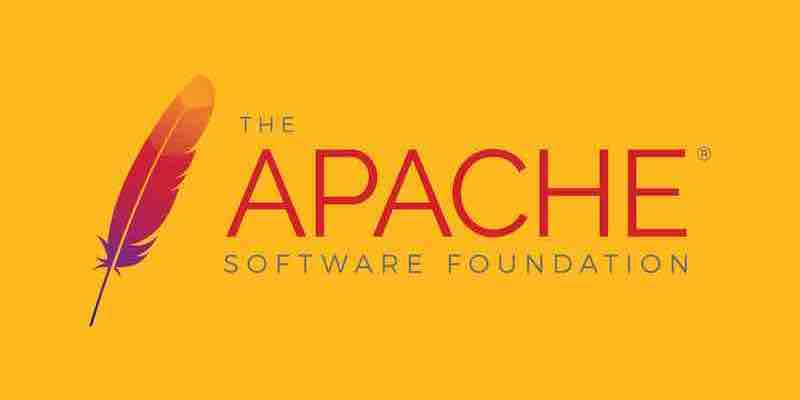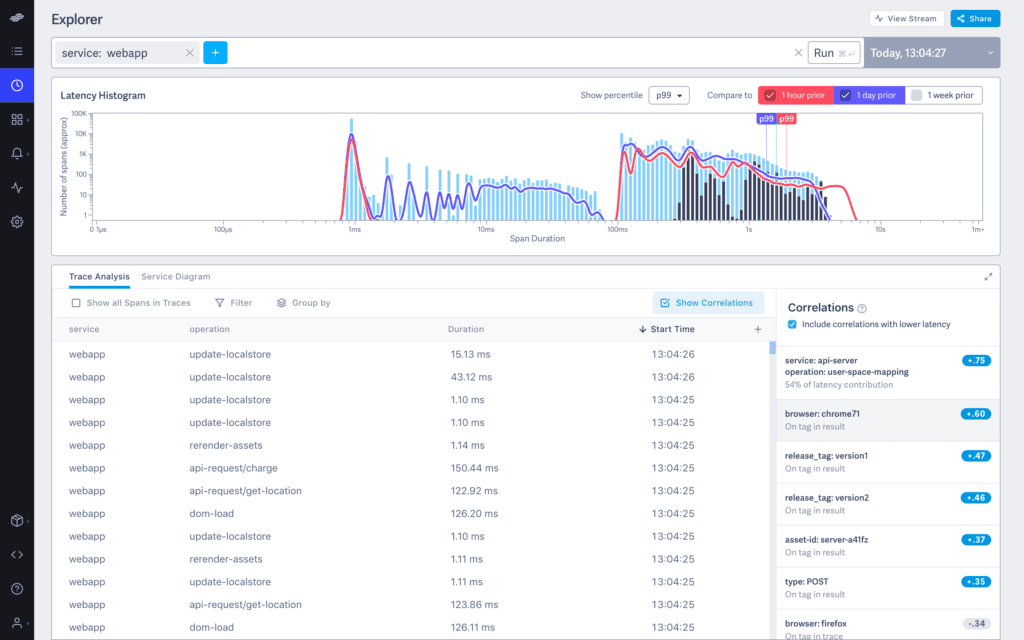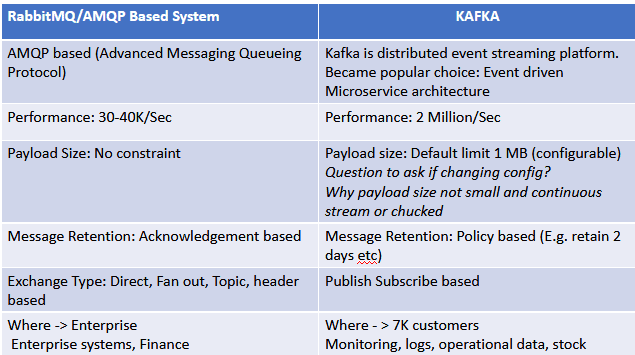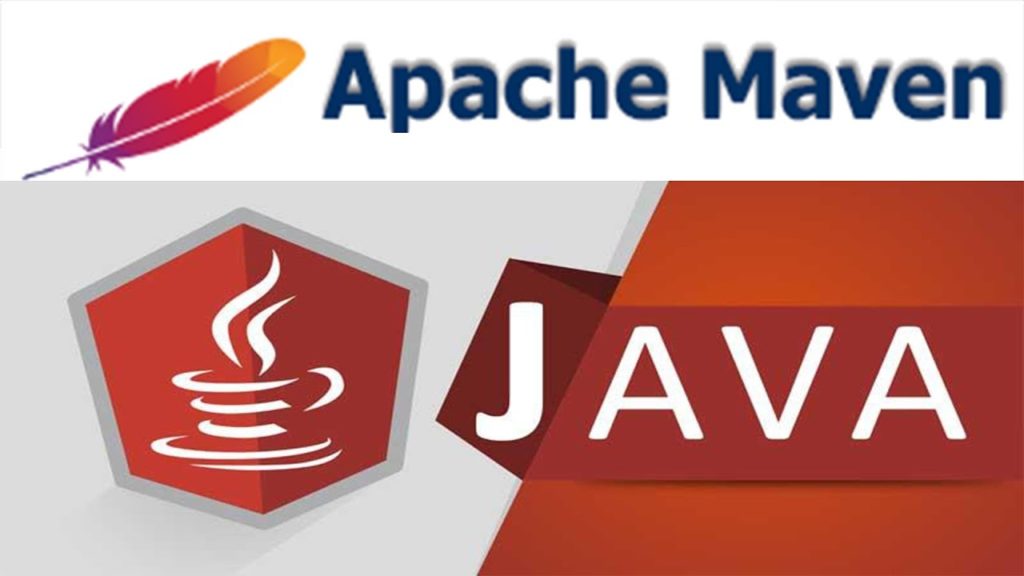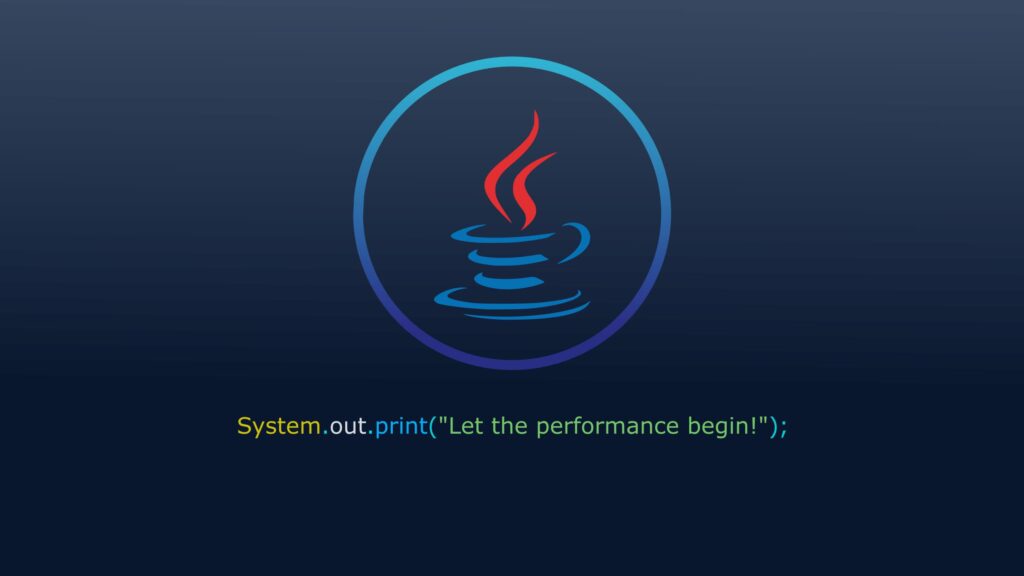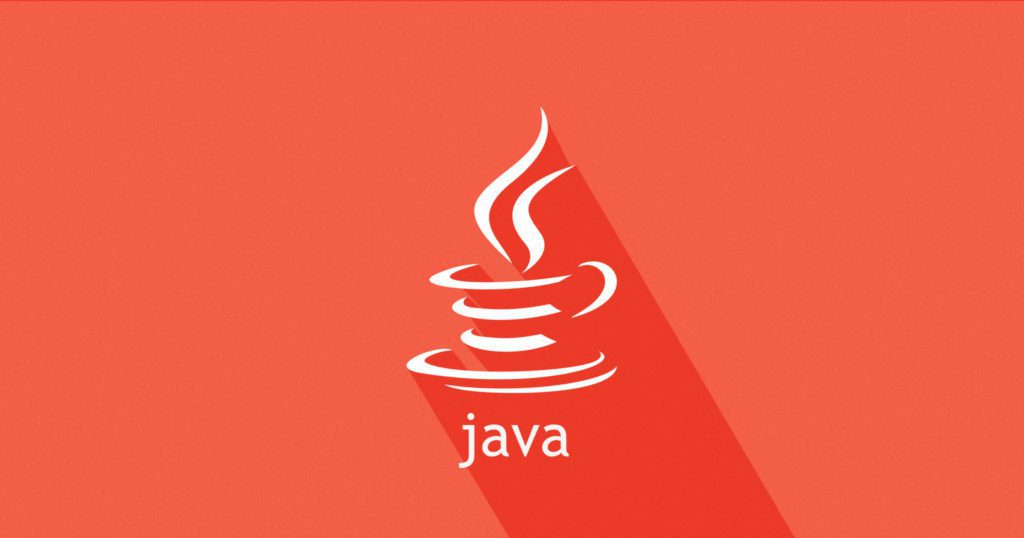For my last project, I am using Java and Apache PDFBOX . For the chaotic “U+000A (‘controlLF’) is not available in this font encoding: WinAnsiEncoding.” Error I ‘ve found a simple solution
Devamını Oku
I use Amazon as a cloud service in my new Java/Kotlin projects. I couldn’t easily find a complete list of AWS modules. I was able to create this shortlist as a result of the reviews. Compute EC2 Virtual Private Servers Lightsail Amazon’s hosting provider (VPS, DNS, storage) Lambda Functions […]
Devamını Oku
Zipkin is a distributed tracing system. It helps gather timing data needed to troubleshoot latency problems in service architectures. Features include both the collection and lookup of this data. If you have a trace ID in a log file, you can jump directly to it. Otherwise, you can query based […]
Devamını Oku
RabbitMQ, Kafka, and ActiveMQ are all messaging technologies that provide asynchronous communication and decouple processes (detaching the sender and receiver of a message). They are called message queues, message brokers, or messaging tools. RabbitMQ, Kafka, and ActiveMQ all have the same primary purpose but can do their jobs differently. Developers describe ActiveMQ as “A message […]
Devamını Oku
Debezium is an open-source distributed platform that turns your existing databases into event streams so that applications can see and respond almost instantly to each committed row-level change in the databases. Debezium is built on top of Kafka and provides Kafka Connect compatible connectors that monitor specific database management systems. Debezium records the history […]
Devamını Oku
Maven in Java Maven is a build automation tool used primarily for Java projects. Maven can also build and manage projects written in C#, Ruby, Scala, and other languages. Maven addresses two aspects of building software: how software is built and its dependencies. It simplifies the build process like ANT. But it is too much more advanced […]
Devamını Oku
Spring Cloud Bus links nodes of a distributed system with a lightweight message broker. This can then broadcast state changes (e.g., configuration changes) or other management instructions. AMQP and Kafka broker implementations are included in the project. Alternatively, any Spring Cloud Stream binder on the classpath will work out of the box […]
Devamını Oku
Spring Cloud Stream is a framework for building highly scalable event-driven microservices connected with shared messaging systems. The framework provides a flexible programming model built on already established and familiar Spring idioms and best practices, including support for persistent pub/sub semantics, consumer groups, and stateful partitions. Binder Implementations Spring Cloud […]
Devamını Oku
This talk discusses the benefits of using an event-driven architecture for microservices and how Apache Kafka can facilitate this approach. An event-driven architecture involves using events as the system’s backbone, with microservices communicating with each other by producing and consuming events. This can be more efficient than REST APIs, as […]
Devamını Oku
Data serves little purpose if we cannot find it. Looking up individual records in the 100-plus petabytes of data accumulated at Uber lets us perform updates and gather valuable insights to help improve our services, such as delivering more accurate ETAs to riders and showing eaters their favorite food options. […]
Devamını Oku
